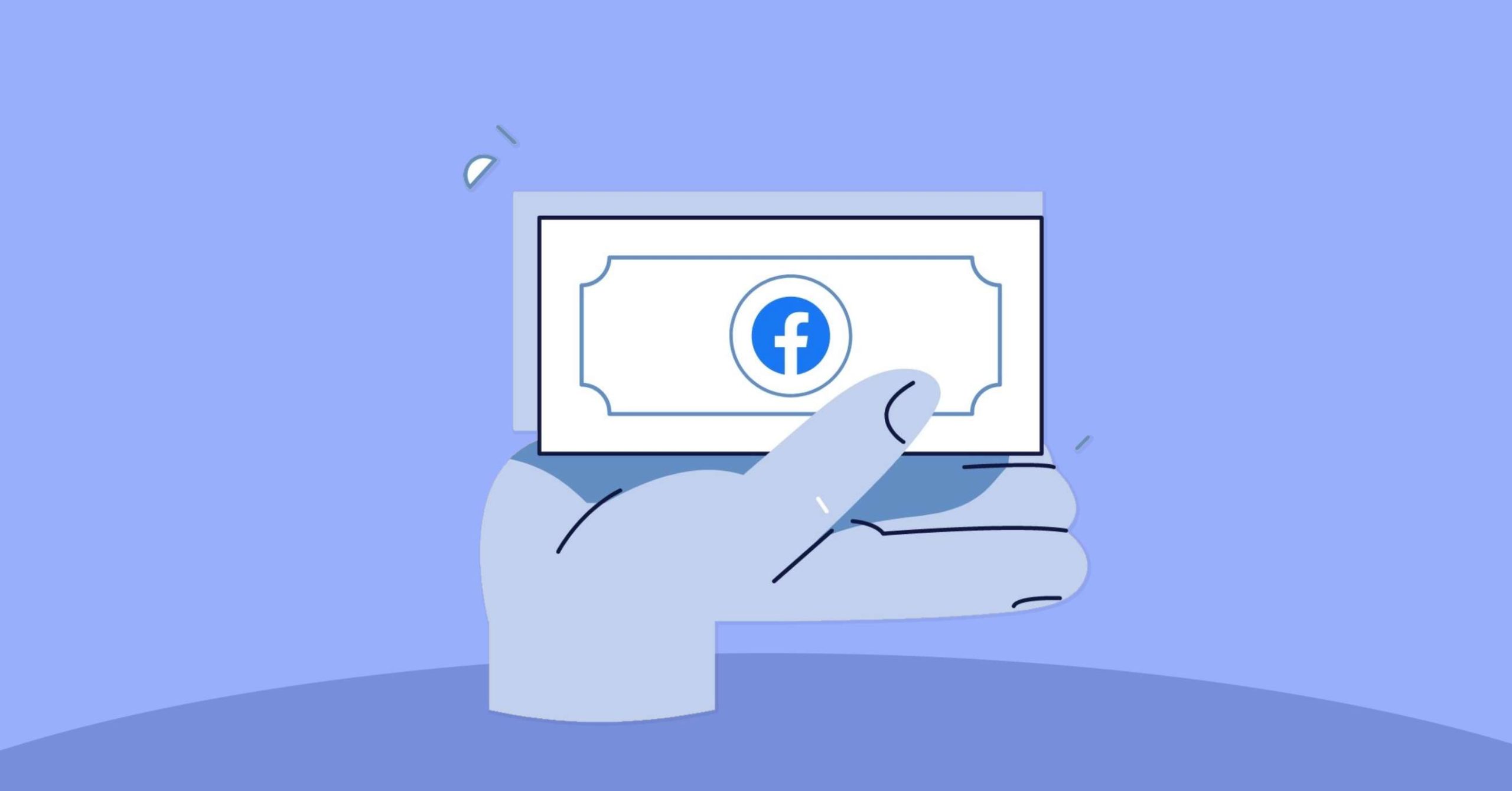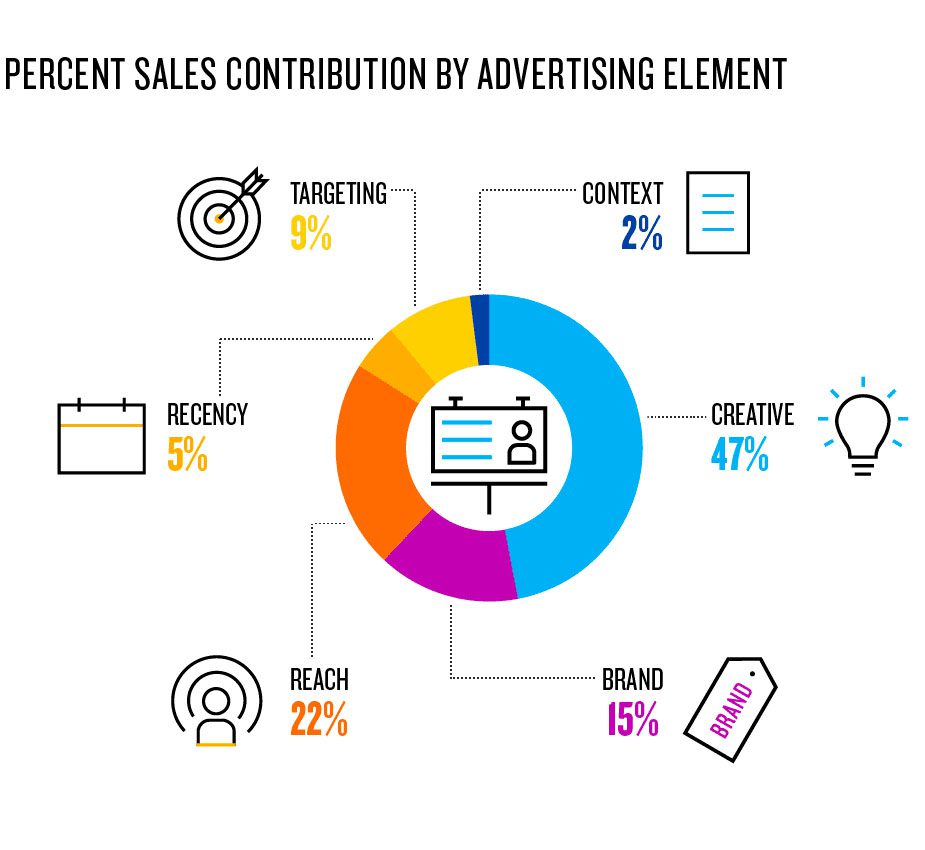
Spending a fortune on advertising and wondering how to lower Facebook ad costs? Here’s everything you need to know on how to spend less and make via Facebook’s advertising platform.
In 2021, Australian advertisers spent USD $2.6 billion on social media, a 17.7% increase from 2020. In fact, Australia is the 3rd biggest spender on social advertising, behind USA & Canada. In addition to this, it is also more expensive now than ever to advertise on Facebook, as more and more businesses compete for precious ad real estate. For context, the number of advertisers on the platform more than doubled from Feb 2020 – October 2021.
Moreover, the iOS 14 changes have meant Facebook’s machine learning, which relies on users’ mobile habits, has lost a lot of data signals, meaning it cannot precisely target the right user at the right time. This leads to wasted impressions and wasted advertising budget.
Why are we telling you this?
Well, these are just some of the reasons why you might be feeling like you are overspending on Facebook and questioning whether Facebook ads are worth it. The fact is that they are worth it. However, they require nurturing.
Given all of the above, how can businesses keep their costs down on Facebook? The answer is simple – by using Facebook the way it was intended to be used. As glib as that sounds, it truly is the key to successful, cost-effective Facebook advertising.
How to lower Facebook ad costs.
So, just how is Facebook intended to be used then? Well, Facebook themselves say their advertising philosophy is about value. Value for people and value for businesses. If you provide value in your advertising, you’re using Facebook right.
Below, we’ll explore what value means and some fundamental ways to provide value in your Facebook advertising, which in turn will deliver better cost efficiencies and results.
1. Understand the Facebook auction.
Since we’re talking about costs, it seems appropriate we begin with an explanation of how the Facebook auction works. In a standard ad auction, the highest monetary bid wins the available ad space. Facebook, however, tries to maximise value for the business advertising AND the user who sees the ad. It’s helpful to see this as a formula:
[Advertiser Bid] x [Estimated Action Rates] + [User Value] = Total Value
Ad Quality and estimated action rates measure ad relevance. If your ad is deemed highly relevant, you could win an auction against ads with higher bids, because Facebook subsidises relevant ads in every auction.
In other words, the best way to lower your Facebook costs is to make your ads relevant.
2. Make creativity a priority.
As we’ve discussed, adding value to the user experience increases your ad quality and relevance, which in turn allows you to win at auction, even if you’re not the highest bidder. Further to this, Nielsen research shows that creative impacts 47% of ad success, more than Targeting, Reach and Brand Awareness combined.

According to Facebook’s own research, creativity can impact Estimated Action Rate by ±50% and User Value by ±10%
Good creative will increase Action Rate and decrease costs, bad creative will do the opposite. But keep in mind that good creative alone is not enough to provide value to the user if the product being advertised is not relevant, or if the post-click/landing page experience is poor.
3. Know your business objectives.
One of the simplest ways to reduce your Facebook advertising costs is to know your business objectives. This seems like a no-brainer – everyone wants to increase sales and profit, right?
Absolutely, but what we mean by Business Objectives in this context is knowing what you want to achieve with each individual Facebook campaign. Understand the campaign objective because the Facebook Ads platform will always optimise towards this.
Facebook offers 14 top, middle of bottom-funnel campaign objectives from Reach & Frequency to Lead Generation to Conversions. When picking the objective, think about who you are trying to target in that campaign. Then ensure your creatives, ad copy, call-to-action and landing page are relevant to that audience’s position in the funnel.
For example, an advert for a brand trying to raise awareness of its products to new customers needs to be different to an ad showing its products to past purchasers, otherwise it won’t be relevant and won’t add value to their experience. Getting the objective right and building outwards from it is key to reducing Facebook costs.
4. Go easy on targeting criteria.
One of the reasons Facebook marketing is so effective for even the smallest businesses is its seemingly endless targeting options. However, the fewer restrictions you put on Facebook machine learning, the faster it will learn who it should show your adverts towards.
As a result, this means lower costs per action and lower wasted spend getting the right audiences in the first place.
Yes, to reduce your costs on Facebook you must broaden your targeting!
This appears counterintuitive until you consider that narrow targeting naturally decreases reach (the number of people who see the ad). When fewer people see the ad, machine learning has fewer “signals” or data points to learn from, meaning less efficiency and higher Facebook ad costs to you overall.
The more targeting liquidity you allow the machine learning algorithm, the faster it will find the best prospects for your business.
Of course, you shouldn’t dispense with targeting altogether, especially if you’re a smaller business. Instead, target smarter, ensure your audience size is large enough, and test repeatedly using lookalikes, interests and your own audiences to find the right customer for your brand. By losing a little bit of money in the first instance, you will essentially reduce your Facebook advertising costs in the long-term significantly.
5. Use first-party data.
As we discussed above, giving Facebook’s machine learning a large number of audience signals offers the best chance to find the right prospect for your business. In return, you end up lowering your Facebook ad costs.
Your own customer lists, website visitors, on-site behaviour, add-to-carts, purchasers, social post engagers, email openers, app data and even in-store purchase data are all examples of first-party data. These can be added to your campaign audiences to help the algorithm show your ads to the right person. Otherwise, you are asking a lot of the algorithm to find the right audiences.
In addition to this, first-party data will also hugely benefit your Facebook remarketing too.
With iOS 14 privacy changes and the deprecation of 3rd Party Cookies causing signal loss, your first-party data is crucial for successful, cost-efficient advertising on Facebook. Harvest absolutely everything you can and form a cohesive set of data to upload into Facebook. If your data is siloed across various departments in your business right now, it’s time to unify!
How to reduce Facebook ad costs summary.
The principles outlined above are essential for successful Facebook advertising. However, there is no single solution that fits all businesses when looking to lower your Facebook ad costs. So, you should be wary of anyone who says they “have all the answers.”
The only way to discover what is right for your business is to test, then test some more, to ensure relevance and value. By keeping the fundamental principles of relevance and value at the heart of all your Facebook advertising campaigns, you will put yourself ahead of the competition.
Remember, not everything is about cost. It is about return on investment. And so, you should always look at what money you are making after all of your expenses rather than just the physical cost to get the business through the door in the first place. Lowering your Facebook Ad costs may translate into weaker return on investment outcomes. So, be sure to monitor any changes you make closely!
Leave A Comment